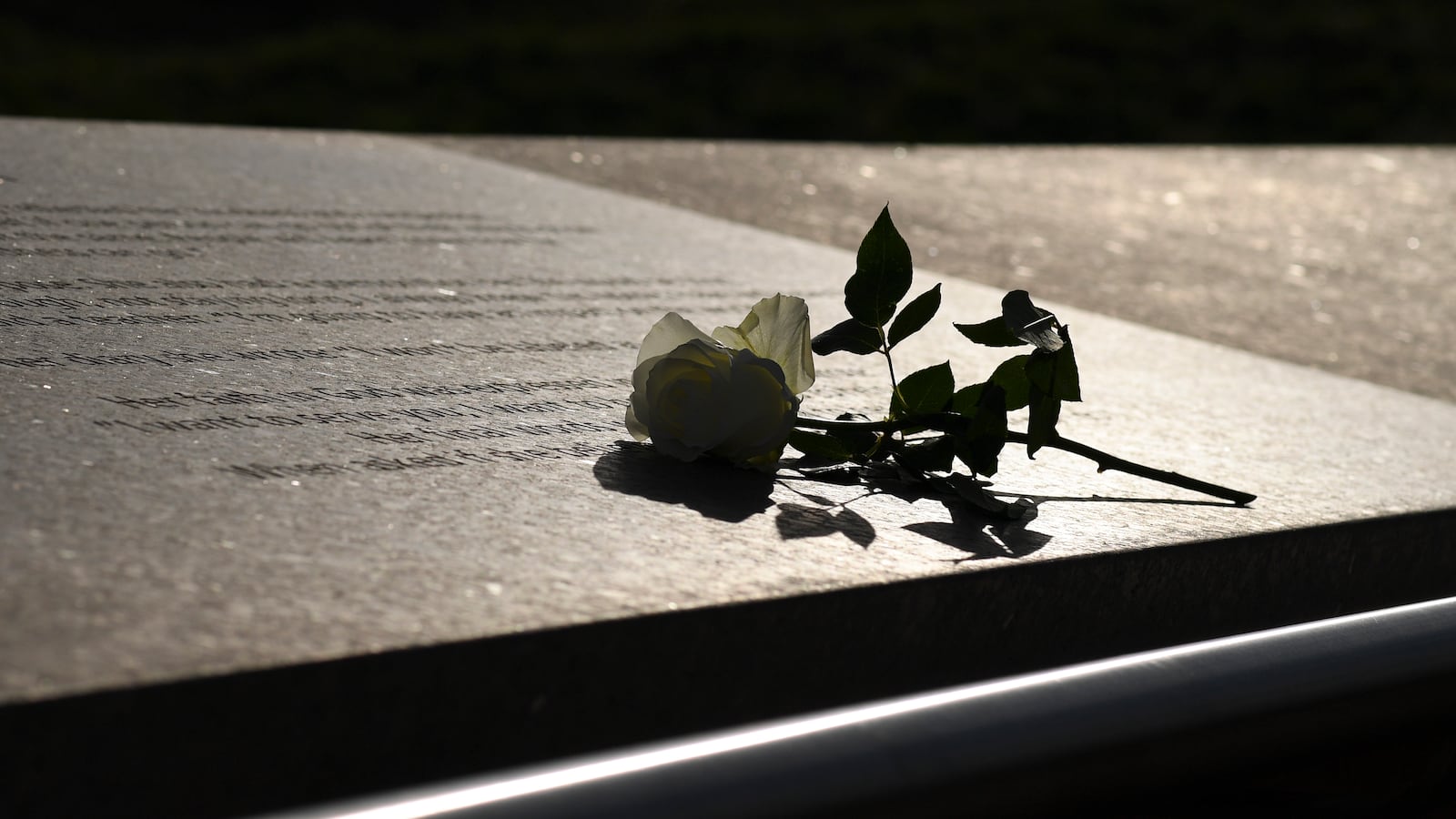When social media exploded this week with the face of Sol Pais, I joined everyone in the Denver Metro area in seeing a threat. After all, I was among the 500,000 students and teachers who had gotten an unexpected day off because of the unprecedented call by superintendents based on an unspecified threat to our schools from Pais, a woman the media and law enforcement were describing as “armed and dangerous.”

But I also saw something else in Pais, an 18-year-old whom law enforcement admitted they weren’t even sure they could arrest once found because she hadn’t broken any laws “yet.” A woman (girl?) her parents reported missing Monday night. A woman (girl?) they said usually stayed home and “didn’t have any friends.” I saw my students, and my responsibility to them.
As an educator, it has become a part of my job description to keep my students safe in the event of an active shooter situation within my building. In the wake of Columbine, school shootings have become more common and for some twisted reason, that dark day in April 1999 has become symbolic for disenfranchised youth seeking to be heard. According to law enforcement, Sol Pais fell into this category. They said she was “obsessed” and “made strange and disturbing comments about Columbine” and most frightening of all, she had traveled all this way, buying three one-way tickets to Denver.
She had landed in Denver on Monday and, we were told, immediately gone to Littleton to purchase a pump action shotgun and ammunition. But then she had gone to the mountains. Why? Did she go first to Columbine and see the high levels of security already in place to protect the building? Or did she have second thoughts? On Monday, no one in Colorado knew of her existence. She could have carried out an attack fairly easily, but she didn’t. She went to the mountains.
I laid in my bed all night, sleeping fretfully as I often do in the wake of a school shooting, but there had been no shooting this time. Throughout the day I kept thinking that there had to be more to the story. This was one person with a pump-action shotgun. Why weren’t we at school on a lockout? It seemed like overkill and overreaction, but at the same time I knew that an abundance of caution is better than the possibility of even one dead child or staff member.
Yet there was a dead child. Sol. She took her own life at the base of Mount Evans, and as I lay there tossing and turning I began to wonder if she was ever really a threat. Had the city turned itself upside down and potentially traumatized thousands of children for a woman (girl?) that was already dead? One who had not committed a crime, but who, if found alive would be stigmatized and ruined forever by the level of attention she was receiving via social and other media?
As an educator, I want nothing more than to keep my students safe — all of them, including the ones that are no longer in my care. They are spread out in high schools and college campuses across the city, state, and country. Thinking about my kids got me wondering about what kind of student Sol was. Was she an artist? I saw on a news report that she told her parents she was going to an art show on the night she disappeared. Was she an introvert? Did she have a favorite class? What kind of music did she like to listen to? Why didn’t she have any friends? I pictured the different kids who have come through my classroom. There are always some that struggle with peer relationships, many with family problems, a few who act tough, and the handful that remain enigmas — unsettling, deep, and still waters that resist my attempts to connect. Where would Sol have been in the microcosm of my classroom? Would I have seen the warning signs?
There are questions about what she was doing in the mountains and why she went to Echo Lake Park. I would like to think I know. The mountains call to us when our souls are in pain and their silence has a way of washing away the anger. I think she was left only with the pain of her loneliness and that she could not bear. She came to Colorado with the intent to die — one more disenfranchised youth lost to the noise of modern life, screaming into the chaos and not being heard until it is too late.
I am not in law enforcement. I do not know what evidence they had that made them so sure she was dangerous to our community, but I do question if this woman (girl?) received due process. The level of media attention was intense, and who could blame them? 500,000 students were out of school because of this threat. Parents were speaking out on Facebook and other social media platforms, gun control debates were once again heating up, my colleagues and I were texting madly about the craziness of the entire situation.
But only once, in all that coverage, did I hear anyone from the media question the mental health status of Sol Pais. The only mention of mental health by law enforcement was in regards to the fact that they may not be able to arrest her because she hadn’t broken any laws but might be able to detain her on a mental health hold. Not one person I know on Facebook referred to her as anything but crazy. We keep spending more on school security, sometimes instead of paying for school counselors. Why are we not talking as much about the mental health aspects of situations like this? Why are we not talking about the mental health of our kids?
This week will be hailed as a success: No one was hurt. Colorado’s children were kept safe from the “crazy” woman from Florida. The truth is more complicated. We were all kept safe from a statistically low probability attack by a woman with a single non-automatic weapon. She garnered national media attention and social media fame which may become fodder for the next mass shooter seeking notoriety. I pray that “threat days” do not become part of our lexicon, but mostly I pray that kids get the help they need to face whatever challenges they are dealing with — kids like Sol, and kids like the ones I welcomed back to school with a sad smile and a heavy heart.
Kathy Evenson is a National Board Certified eighth-grade language arts teacher in Commerce City, Colorado.
About our First Person series:
First Person is where Chalkbeat features personal essays by educators, students, parents, and others trying to improve public education. Read our submission guidelines here.

